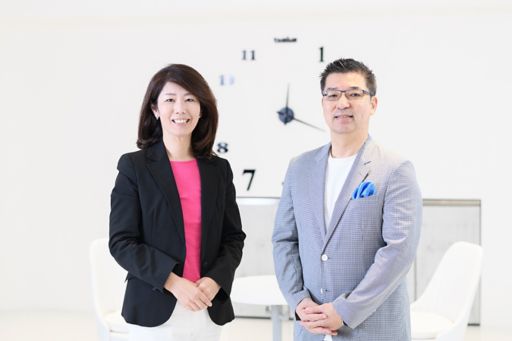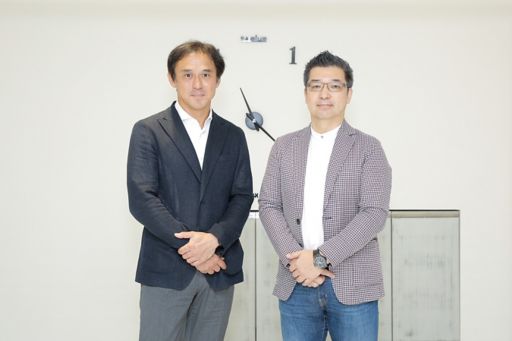“DX (Digital Transformation)” and the “shift to digital management” are top-priority issues for all companies. Management executives are more than ever required to draw up a new growth strategy for their company, including the innovation of their business, now that transformation is being easily accepted. What is necessary in doing so is the ability to envision and fantasize how technology will change their business and the value of their offerings.
In this article, we will introduce the discussions conducted between Yoshinami Takahashi, Corporate Executive Officer at Fujitsu Limited, and Masayuki Chatani of KPMG Ignition Tokyo on how technology will revolutionize our lives and economic activities and how Japanese companies will once again increase their global presence.
Contents
- Link to Vol. 1
- If We Can Coordinate Data, It Will Benefit the World but...
- Palantir Has Assumed the Mission to Assist Japan’s Data-Driven Management
- How Will Fugaku, the Digital Annealer and Palantir Affect Society?
- We Aim to Be a Japanese Company that Continues to Provide Technology
- Profile of Interviewee
If We Can Coordinate Data, It Will Benefit the World but...

(Yoshinami Takahashi, Corporate Executive Officer of Fujitsu Limited (left), Masayuki Chatani, Representative Director & CEO of KPMG Ignition Tokyo and CDO of KPMG Japan (right)) *Professional affiliation and official position in the article are at the time of publication.
Chatani: I talked about AI assistants communicating with each other but it seems that such needs are increasing considerably. For instance, the Financial Services Agency announced the other day that they will eliminate the barrier between securities companies and banks and enable them to share and distribute information. If this gets under way, it will be possible to analyze information comprehensively and multi-directionally, and so we can presume that fraud will be detected more easily.
Until now, only the transactions carried out within Bank A could be grasped. However, if we want to detect brank transfer fraud, it should be possible to track the crime route by combining the flow of money between Banks A and B.
Takahashi: Currently, we are indeed thinking that “how to coordinate data,” like you just said, is extremely important. Data that each company possess need to be shared.
On the other hand, it is also necessary for each company to categorize “which data they want to share and which they don’t want to share.” And if we are to aim for optimization, it will be necessary to standardize the data that can be disclosed.
Naturally, however, this cannot be accomplished by one company alone. This is why the standardization of data is not advancing much in Japan. There is also the problem of data attribution. In fact, data attribution is still an ambiguous matter in Japan. I think that firmer rules have been established in Europe and the U.S. in this regard.
Chatani: You’re right. Talking about data standardization, there are companies that are increasing the number of account items in their account systems locally. If they are customized in this way, it will be impossible to match data when coordinating those of Company A and Company B. In such cases, “name matching” needs to be carried out at one point and there is also the task of reviewing the content.
Takahashi: That is the area we are starting to focus on by collaborating with Palantir Technologies Inc., which is the leader in the data analysis sector. It is a software company that provides technology and services for building an enterprise data platform for organizations with highly complex and confidential data environments. If we can link data by utilizing their technology and knowhow, we think that it will be a little easier to coordinate data between companies.
Chatani: If expense items can be standardized to some extent, this will probably become a fairly computerized process.
Takahashi: Yes, data cleansing is the process that takes the most time. As a result of introducing Palantir’s technology at Fujitsu, it has become possible to connect the data of close to 50 core systems. We are starting to take on the challenge of creating a management platform by extracting meaningful data from these systems and using them for analysis.
Palantir Has Assumed the Mission to Assist Japan’s Data-Driven Management
Chatani: I find Palantir very interesting but how do you intend to foster it in your business?
Takahashi: That’s a great question! We think that it will become one of the core elements of data-driven management, which you mentioned earlier.
Data are still decentralized at Japanese companies and there are many companies that still continue to use Excel in a patchwork style. However, I think that if they start to understand data-driven management and shift to this direction going forward, the need to combine data will increase and Palantir’s technology will become necessary. This means that we intend to support data-driven management with Palantir.
However, as such an initiative will not advance smoothly unless business leaders understand the importance of data-driven management and are willing to switch to LOD*, we hope to support conversion at as many Japanese companies as possible.
*LOD:Short for Linked Open Data. It refers to data that are linked with other data and are open for anyone to access under an open license.
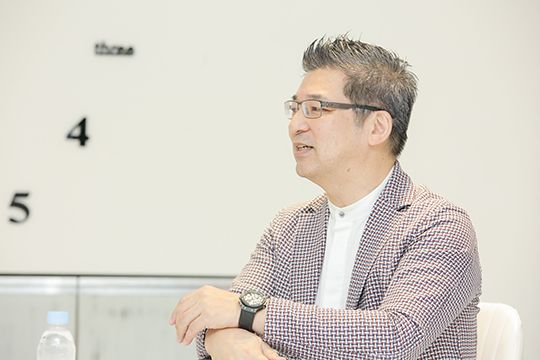
Chatani: Unfortunately, Japanese cloud platforms and platforms for IT devices have not become mainstream yet. However, I think that there are many Japanese companies that possess essential elements at the lower layers and companies that have shares in this area. I think that there is great potential for Fujitsu to develop an industrial OS that can connect these companies.
Takahashi: In fact, we are thinking in this direction. While it is said to be still a Western-oriented domain, I think that the data intelligence market will expand all the more going forward.
According to our preliminary calculation, the so-called data-driven market will expand to 27 trillion yen by 2025, about one trillion yen of which is estimated to be related to data intelligence. We are looking at this as an industry scenario for the data intelligence market including not just BI but analysis as well. We are considering various areas including not just solutions for drug discovery, which I mentioned earlier, but also smart grids for electricity and production management for manufacturing.
We are trying to envision reference architectures and solutions in all areas.
Chatani: When you start new initiatives like this, are you also thinking of inviting start-ups through M&As to accelerate the process?
Takahashi: Of course. Though we are still at the stage where we are reviewing what kind of start-ups are necessary for each core industry, we have already listed up several candidate companies. In the past, Fujitsu took the approach of providing a separate fund rather than implementing M&A and our strategic alliance with Palantir was also formed with that program. However, we are now moving actively such as forming a joint venture called PeptiAID Inc. with PeptiDream, Inc. and other companies and making a small investment in a grain trading-related start-up in Singapore.
Chatani: Regarding grain trading, there is a platform led by KPMG Australia in which KPMG Japan and China participate. It will be important to secure transparency and traceability through blockchain in this field as well. What is Fujitsu’s view on blockchains?
Takahashi: We are currently developing technology in Europe for a Singaporean company called Ricex and we are also a technology provider of a platform for rice trading. We are now trying to build a platform that centralizes crop traceability and L/C management and expand it to other sectors as well.
Specifically, we intend to provide a service that entails operation management. Furthermore, we think that shifting from a SIer, or systems integrator, to a service provider is a challenge for Fujitsu. We want to shift our business portfolio to SaaS and PaaS, where we can develop our services and our customers can utilize them continuously.
How Will Fugaku, the Digital Annealer and Palantir Affect Society?
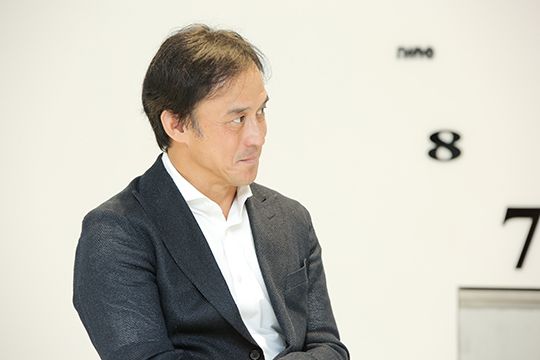
Chatani: Listening to what you have told me, I can understand the world view of Fujitsu’s technology supporting industrial infrastructure. In regard to AI, in what area are you trying to show distinctive features?
Takahashi: In AI, there is still an area that is underdeveloped. However, cases have started to appear in regard to translation, behavioral analysis and image analysis.
What we are focusing on right now is the optimization of logistics. The optimization of logistics involves extremely complicated problems. For instance, I hear that 3 million different delivery schedules have been set up over a period of two months at Toyota Motors. We would like to contribute in this area through automation utilizing AI.
Chatani: I see. The scale is completely different but when I talked to a person from a restaurant chain store and asked about the qualification for becoming a store manager, I was told that it is a person who can “schedule shifts instantaneously.”
This means those who can instantly rearrange shifts in their heads while considering the circumstances of each worker such as which person can work at which hour. As this task is still difficult with computers, we can say that this is an extremely important qualification.
Takahashi: A similar example is a project carried out at an American hospital. At the hospital, patients currently have to wait about four months to half a year to undergo high-level surgeries. I hear that this is because the optimization of the medical workplace is more difficult than one might imagine. Even if the official availability rate is only 25% to 30%, it is difficult to set up surgery schedules because they cannot arrange doctors and nurses or secure appropriate beds. We were consulted by the hospital to improve this situation and we are now working to achieve a faster matching system using Fujitsu’s technology.
This is the same for logistics and medical workplaces but I feel that technology can be used for numerous applications in the task of planning. We believe that such efforts will eventually evolve and will be provided as a centralized service such as a smart hospital.
Chatani: Actually, I feel that the COVID-19 pandemic has also helped visualize needs for DX and what must be done, like you just said.
Takahashi: I think so too. In the medical scene, the pandemic has shown us with real-life experience that it is quite difficult to think about personnel planning when doctors and nurses who are at the front line are working everyday with extremely tight schedules. We think that we can further improve efficiency by using technology a little more.
We Aim to Be a Japanese Company that Continues to Provide Technology
Chatani: I would like to move on to the last question now. What kinds of visions and fantasies do you have regarding 20-50 years or 100 years from now?
Takahashi: First of all, if I think about what I expect from Fujitsu, I hope that it will become a disrupter in some area, meaning that it will provide something that does not exist in this world. I hope that the company will put itself in a position that can change the world view such as completely changing the medical world by utilizing the supercomputer Fugaku.
By doing so, while its main business is still in the Japanese market now, I hope that the company will display a solid presence in the global market 10 and 20 years from now.
As I mentioned at the beginning, I have a strong obsession with Japan and passion regarding the globalization of Japanese companies. However, when I talk about these things, I come across various views such as “don’t you think that differences among countries are now irrelevant?”
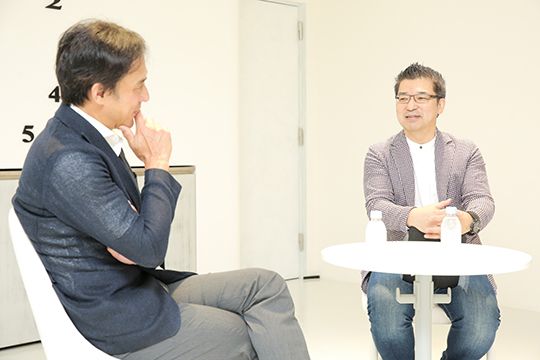
Recently, I actually had an opportunity to witness an example that “we are now in a world where what matters is how individuals can output something rather than drawing a line between countries.” Meanwhile, as digitalization and technology have been the center of my career, I cannot overlook the fact that Japan has become an underdeveloped country in terms of digital technology. I strongly feel that I want to see Japan regain its place as the country that was considered to be “Japan as No. 1” by the world during the 80s, and I am now thinking about what I can do to realize this.
For example, not only medical innovation but a world where the elderly can really enjoy sports by wearing a power suit will soon be realized with the power of AI, automation and robotics. In this sense, we can see that society will completely change in about 30 years. I hope that Japanese companies will realize something that is the most advanced in these coming 30 years.
Chatani: The world is becoming a place where national differences are irrelevant and where everyone praises each other... This may be a culture that is difficult for grownups who are based on conventional ways of thinking to accept but it is starting to strike a chord among most people. There are conventional cultures and behaviors and then there are cultures that are the complete opposite. Each has completely different values and it is probably not a matter of which is good or bad.
Takahashi: That’s right. For instance, there are competitive sports that are spreading around the world as sports that are considered to be an extension of national culture while there are sports that evolve by accepting anyone regardless of national culture. I don’t have a clear answer for which is what but it makes me think, “what does it mean when we say Japan within the globalization movement.” Similarly, when we think of SDGs and ESG, we can see a trend of universalization of the world, not in terms of individual countries.
When this idea moves on to the implementation phase, technology becomes extremely important. It can be said that innovation can only occur with technology and I intend to remain focused on the Japanese companies that continue to provide this technology.
Profile of Interviewee
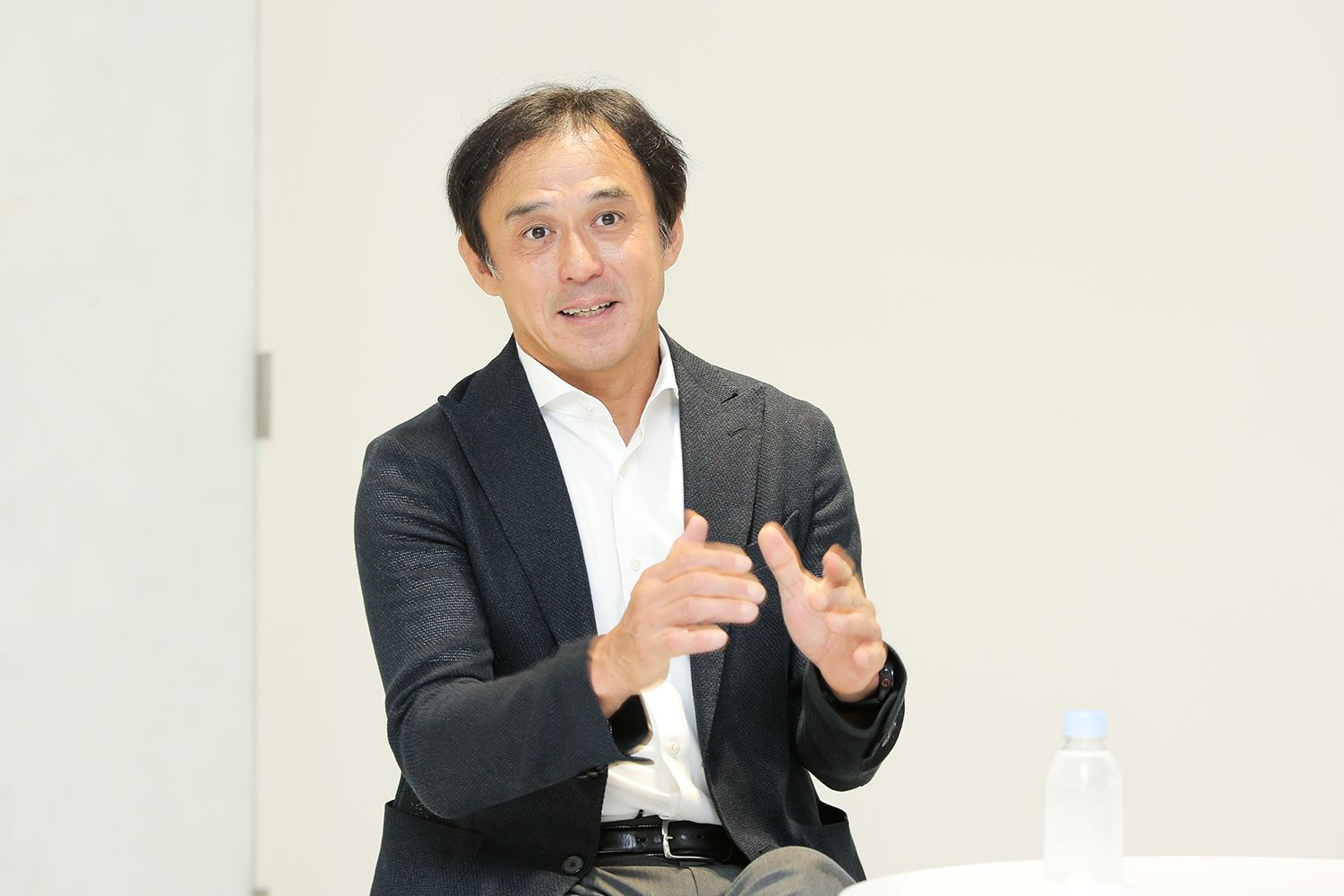
Yoshinami Takahashi
Fujitsu Limited
Corporate Executive Officer
EVP, Head of Digital Software & Solutions Business Group
Joined Sony Corporation in 1987. At the frontline of its overseas operations, Sony was responsible for the region reorganization at the time of the European Monetary Union, Sony's entry into the Blu-ray Disc market in conjunction with Sony Pictures, and the introduction of the contents service, which marked a turning point in Sony's product partnership. Joined Microsoft Japan Corporation in 2014, has been leading the DX support for enterprise customers as an Executive Managing Director since 2020, as well as developing cloud markets and collaborating with partners since 2015. Since June 2021, as an Executive Managing Officer of Fujitsu Limited, I positioned myself at a global company in Japan to lead the Digital Software & Solutions Business Group with the goals of "revitalizing Japanese companies and society" and solving various social issues.
Follow us on KPMG Ignition Tokyo LinkedIn for the latest news.
Connect with us
- Find office locations kpmg.findOfficeLocations
- kpmg.emailUs
- Social media @ KPMG kpmg.socialMedia



